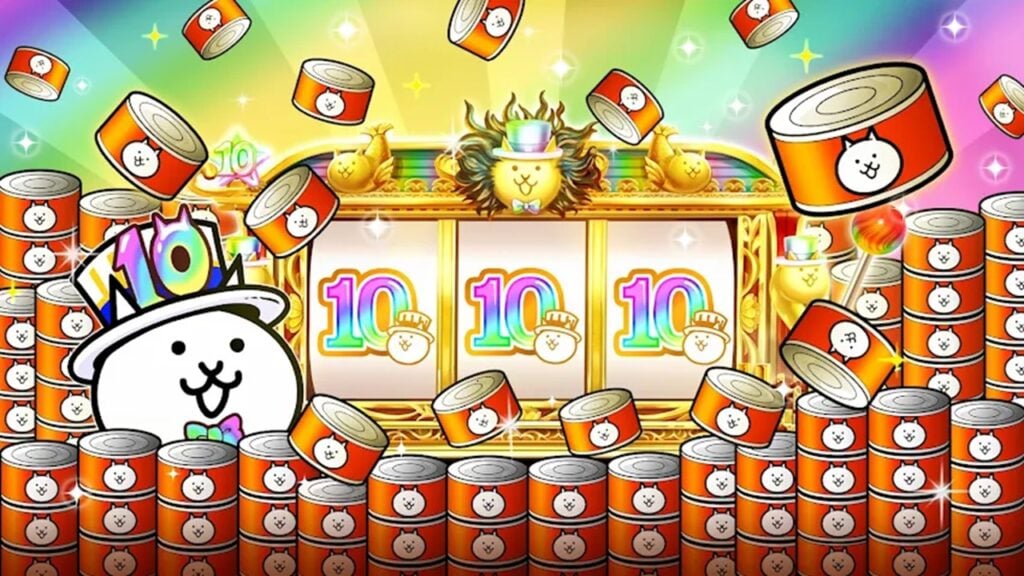Monster Hunter: A Global Gaming Phenomenon
In the lead-up to its global launch, Monster Hunter Wilds shattered pre-order records on both Steam and PlayStation, confidently following in the footsteps of its predecessors, 2022's Monster Hunter Rise and 2018's Monster Hunter: World. With sales figures that have solidified Capcom's unique RPG series as one of the world's biggest video game franchises, Monster Hunter Wilds has proven that the series' appeal is more universal than ever.
However, the journey to global stardom for Monster Hunter was not always straightforward. Just under a decade ago, the idea of a Monster Hunter game achieving such widespread acclaim would have seemed unlikely. Flash back to the series' debut in 2004, and the original game received mixed reviews. It wasn't until the release of Monster Hunter on the PSP a year later that the series truly took off, though initially, this success was mostly confined to Japan.
For a significant period, Monster Hunter epitomized the "bigger in Japan" phenomenon. The reasons were straightforward, as this article will outline, yet Capcom remained determined to crack the international market. The success of Monster Hunter: World, Rise, and now Wilds underscores the value of that persistence.
This is the story of how Monster Hunter evolved from a domestic sensation to a global powerhouse.
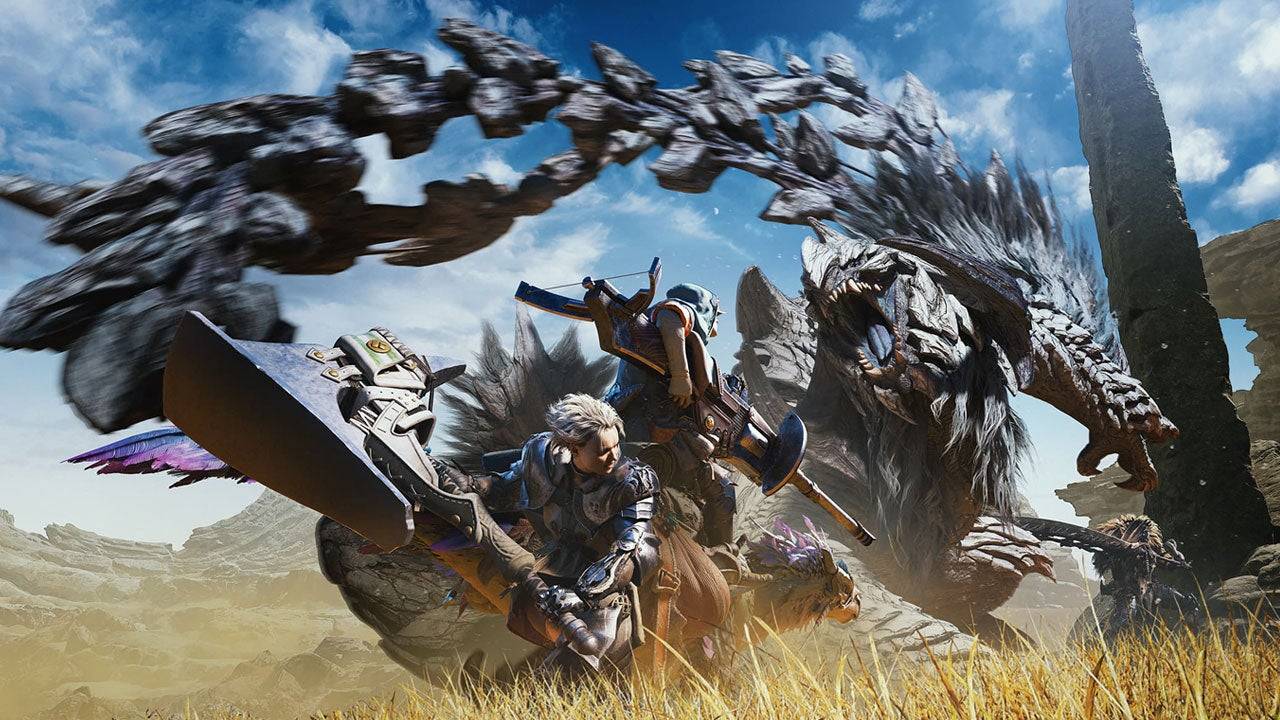
Around the launch of Street Fighter 5 in 2016, Capcom underwent an internal reorganization to prepare for a new era of gaming. This included the adoption of the RE Engine, a modern replacement for the aging MT Framework. More than just a technological shift, this change brought a new mandate to develop games for a global audience, rather than focusing solely on existing, region-specific fanbases.
"It was a few factors that came together," explains Hideaki Itsuno, a former game director at Capcom known for his work on Devil May Cry. "The change of the engine and also all teams were given a very clear goal at that point to make games that reach the global market. [Games] that are fun for everyone."
During the PS3 and Xbox 360 era, Capcom's games often seemed tailored to capture the Western market. While Resident Evil 4 was a success, other attempts like Umbrella Corps and the Lost Planet series, which chased Western gaming trends, did not fare as well. Capcom eventually realized the importance of creating games that appealed universally, not just to fans of specific genres.
"I think that we had that clear goal of just focusing and not holding anything back," Itsuno adds. "Towards making good games that would reach people from all over the world."
Itsuno highlights the period leading up to 2017 as pivotal, noting, "The changes in organization and the changes in the engine, all these elements came together around that time." The launch of Resident Evil 7 that year marked the beginning of a Capcom renaissance.
No series better exemplifies Capcom's new focus on global success than Monster Hunter. Although it had a dedicated following in the West, the series was predominantly popular in Japan for many years. This wasn't by design, but rather due to real-world factors.
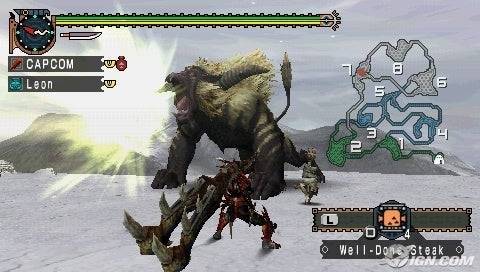
The transition of Monster Hunter from the PlayStation 2 to the PSP with Monster Hunter Freedom Unite was a significant factor in its success. Handheld gaming has always been more popular in Japan than in the West, as evidenced by the success of devices like the PSP, Nintendo's DS, and later the Switch. According to the series' executive producer Ryozo Tsujimoto, the robust wireless internet infrastructure in Japan allowed gamers to play seamlessly with friends, a feature that was years ahead of what was available in the U.S. at the time.
"20 years ago, Japan was in a very, very solid state in terms of the network environments available to people, and being able to connect and to play online together," Tsujimoto says. "And of course, we’re not speaking for everyone there, because we realize that there are people who may not have had the chance to play with friends back then. But by moving over to handheld systems, we were able to grow that player base that was interacting and playing multiplayer together."
Monster Hunter's core focus on cooperative play was ideally suited to handheld consoles, which facilitated quick and easy multiplayer sessions. This initially targeted the Japanese market, but it wasn't an intentional exclusion of other regions.
This focus on Japan inadvertently created a feedback loop. Monster Hunter games became best-sellers in Japan, prompting Capcom to release Japan-exclusive content and events, further cementing the series' reputation as a "Japan-only" brand.
Yet, Monster Hunter had fans in the West who were eager to participate. As internet infrastructure improved globally and online play became standard, Tsujimoto and his team saw an opportunity to launch a more universally accessible Monster Hunter game.
Released in 2018 on PlayStation 4, Xbox One, and PC, Monster Hunter: World marked a significant shift for the franchise. Moving away from handhelds, it offered AAA console-quality action with enhanced graphics, larger environments, and bigger monsters.
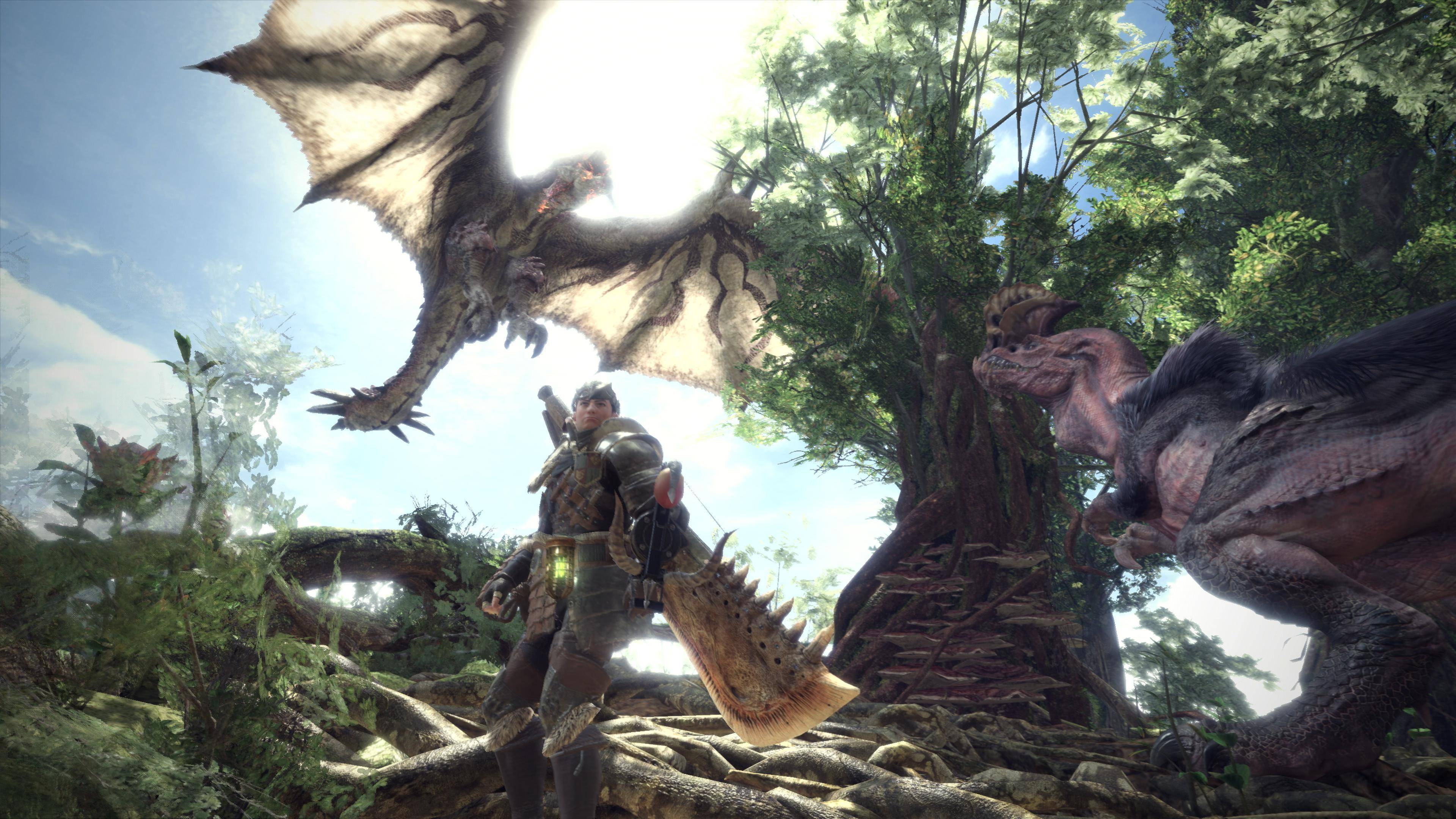
"Our approach to the globalization of the series and Monster Hunter in general really ties into not only the themes that we had going into designing the game, but also in the name of the game," Tsujimoto reveals. "The fact that we called it Monster Hunter: World is really kind of a nod to the fact that we wanted to appeal to this worldwide audience that we wanted to really dig into and experience Monster Hunter for the first time."
It was crucial that Monster Hunter: World did not favor one market over another. The game was released simultaneously worldwide, with no exclusive content for Japan, aligning with global standards that players expect from major titles.
Tsujimoto and his team also conducted extensive focus tests and user feedback sessions worldwide. "We did focus tests and user tests across the world, and some of the impact of those — the feedback and the opinions that we got during that really affected how we designed our game systems and really affected how much success we had as a global title for that game," Tsujimoto explains.
One significant change resulting from these tests was the inclusion of visible damage numbers when players hit monsters. These minor tweaks to an already successful formula propelled Monster Hunter to unprecedented heights. While previous Monster Hunter games typically sold between 1.3 to 5 million copies, Monster Hunter: World and its 2022 follow-up, Monster Hunter Rise, both surpassed 20 million units sold.
This surge in player growth was no accident. Rather than altering the essence of Monster Hunter to cater to Western tastes, Tsujimoto and the team found ways to make the series' unique and sometimes complex nature more accessible to a broader audience without compromising its core identity. This strategy continues with the latest installment, Monster Hunter Wilds.
"At its heart, Monster Hunter really is an action game, and that sense of accomplishment you get from really mastering that action is an important aspect of Monster Hunter," Tsujimoto explains. "But for newer players, it's really getting to that point. The steps involved in getting to that sense of accomplishment is really what we're trying to strategize for, in terms of designing for new players. So with World and Rise, for example, we were taking really great care to analyze where players got stuck, what was hard to understand, what they were having trouble with, getting player feedback, and also doing our own kind of research into that. And all of that kind of knowledge has impacted how we've implemented new systems into Wilds."
Within 35 minutes of its release, Monster Hunter Wilds achieved 738,000 concurrent players on Steam, more than double the all-time high of Monster Hunter: World. With glowing reviews and the promise of more content on the horizon, Monster Hunter Wilds is poised to continue the series' mission of conquering the global gaming landscape.
-
1

Every Pokémon Game on the Nintendo Switch in 2025
Feb 25,2025
-
2
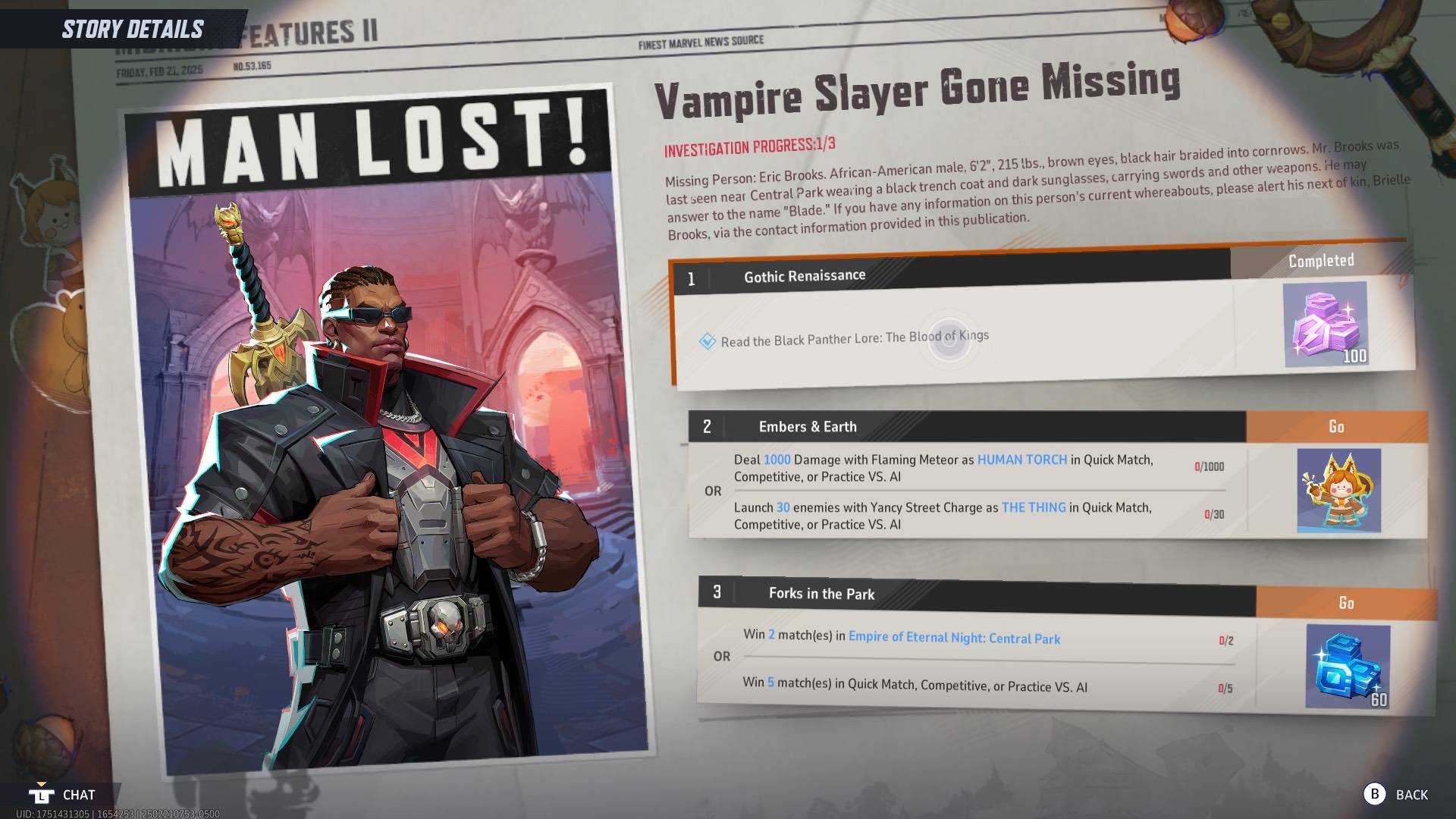
How To Read Black Panther Lore: The Blood of Kings in Marvel Rivals
Mar 01,2025
-
3
![Anime Vanguards Tier List – Best Units For Each Gamemode [UPDATE 3.0]](https://images.gzztb.com/uploads/35/17376012656791b0f12fa1c.jpg)
Anime Vanguards Tier List – Best Units For Each Gamemode [UPDATE 3.0]
Feb 27,2025
-
4
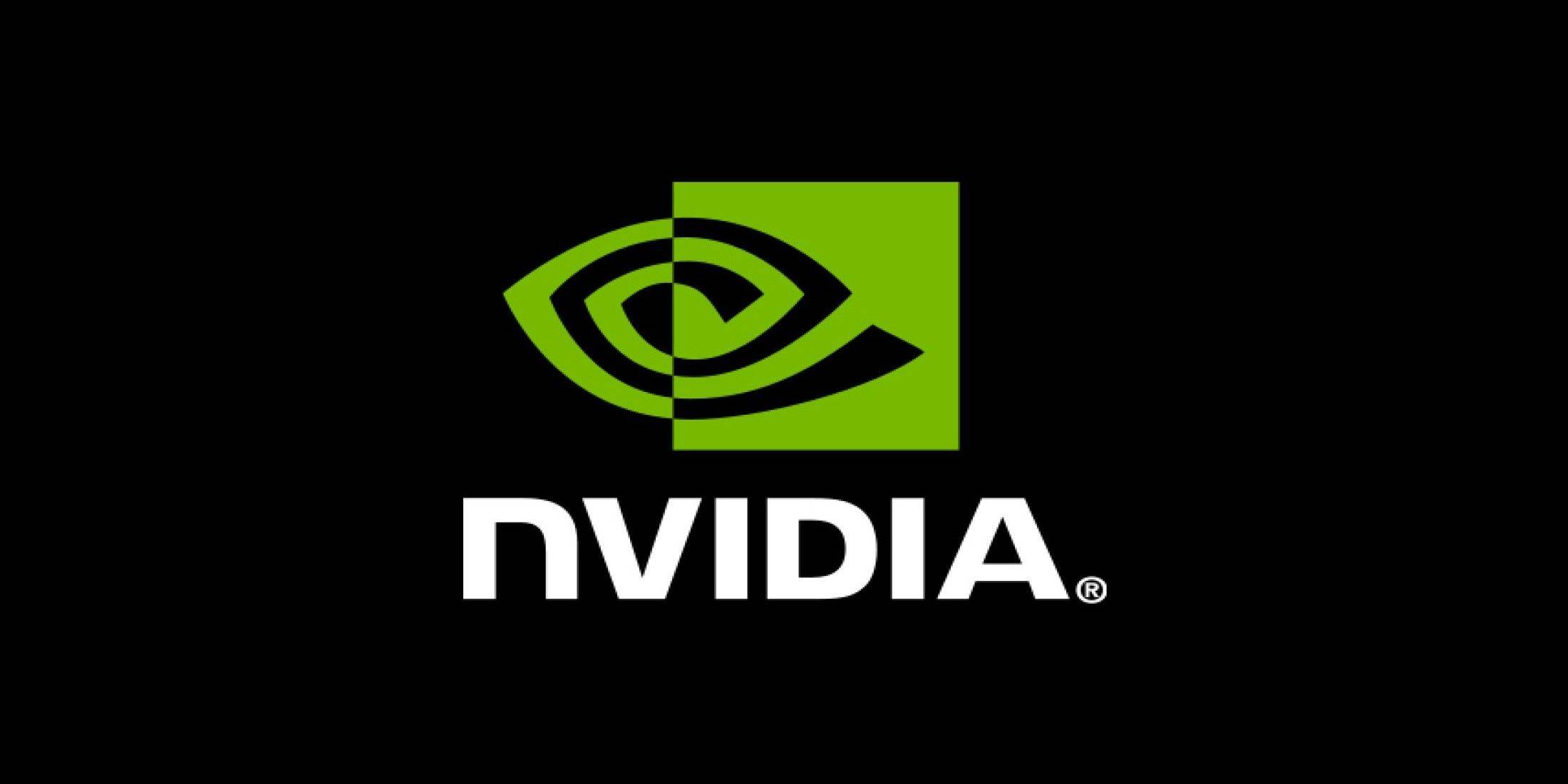
Nvidia RTX 5090 Specs Leak: Rumor Confirmed?
Mar 14,2025
-
5
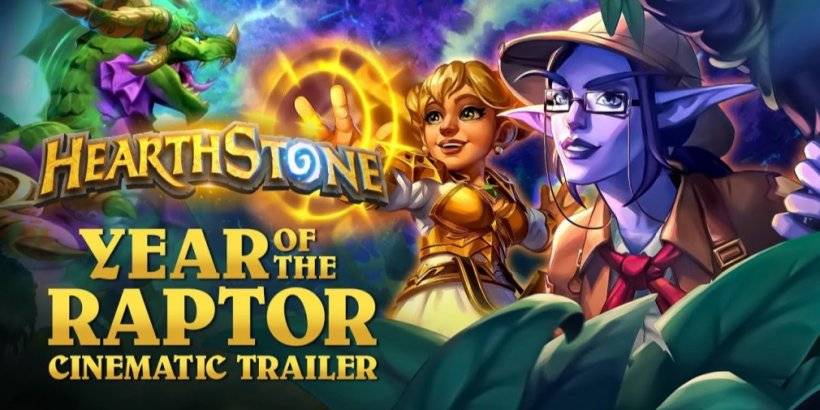
Hearthstone has kicked off the Year of the Raptor with a myriad of new content
Mar 16,2025
-
6
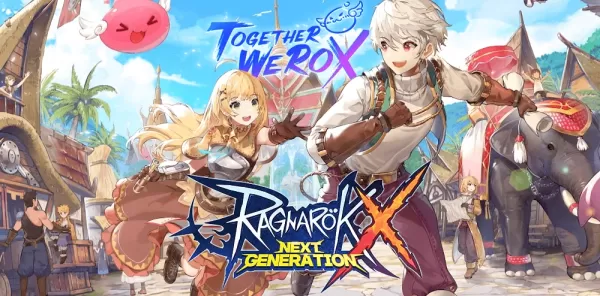
Ragnarok X: Next Gen - Complete Enchantment Guide
May 25,2025
-
7

Roblox: Trucking Empire Codes (January 2025)
Mar 05,2025
-
8

McLaren Returns to PUBG Mobile Collaboration
Aug 27,2024
-
9
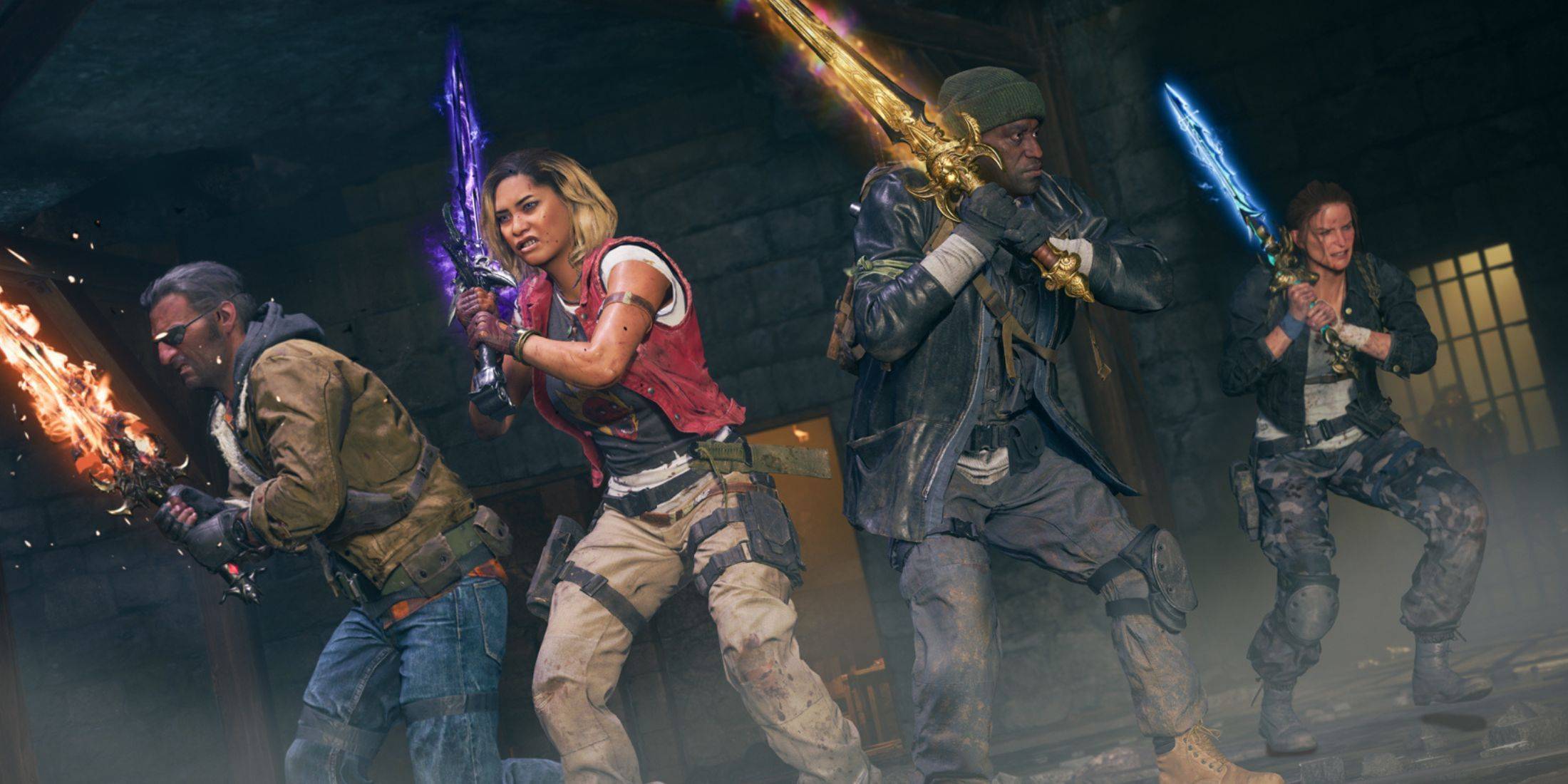
January 15 Is Suddenly a Big Day for Call of Duty: Black Ops 6 Zombies Fans
Feb 20,2025
-
10

Assetto Corsa EVO Release Date and Time
Jan 05,2025
-
Download

DoorDash - Food Delivery
Lifestyle / 59.30M
Update: Apr 23,2025
-
Download

Niramare Quest
Casual / 626.43M
Update: Feb 21,2023
-
Download

The Golden Boy
Casual / 229.00M
Update: Dec 17,2024
-
4
POW
-
5
Gamer Struggles
-
6
Mother's Lesson : Mitsuko
-
7
Poly Pantheon Chapter One V 1.2
-
8
How To Raise A Happy Neet
-
9
Dictator – Rule the World
-
10
Strobe

